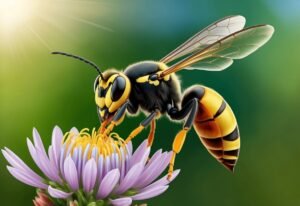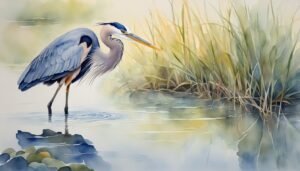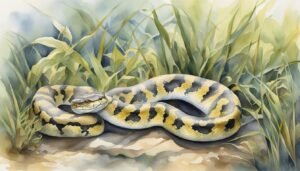No Man’s Land WW1: The Deadly Stretch Between Trenches

No Man's Land was a treacherous area between enemy trenches in WWI, filled with dangers like barbed wire and mines, symbolizing the war's horror and waste of life.

No Man's Land was a treacherous area between enemy trenches in WWI, filled with dangers like barbed wire and mines, symbolizing the war's horror and waste of life.

Hornets, large and feared social wasps, are crucial predators and pollinators, mostly in Asia and Europe; they build large, protected nests and have unique features distinguishing them from other wasps.

The Great Blue Heron is the largest North American heron, known for its blue-gray plumage and diverse habitats across the Americas.

Pseudoscience mimics science but lacks proper methods or evidence, making unverifiable claims; distinguishing it from true science, which adapts when faced with new evidence, is known as the demarcation problem.

Knocking on wood to bring good luck or ward off bad luck after mentioning positive news is a common practice in many cultures, originating from ancient beliefs.

The Burmese python, native to Asia, is a large, non-venomous constrictor with a diet of mammals and birds and a significant ecological impact.

Studies show that the idea of a 'sugar rush' is a myth; sugar consumption doesn't improve mood or energy levels and can actually lead to a crash later.

Yawning isn't only a sign of tiredness; it can be caused by boredom, stress, or to cool the brain, and is also contagious.

The Mayan calendar reset on December 21, 2012 fueled doomsday fears, but experts explained it simply marked a new cycle, not an apocalypse.

Lemon juice is acidic with a pH between 2 and 3, but after metabolism, it has an alkalizing effect on the body, helping balance pH levels.